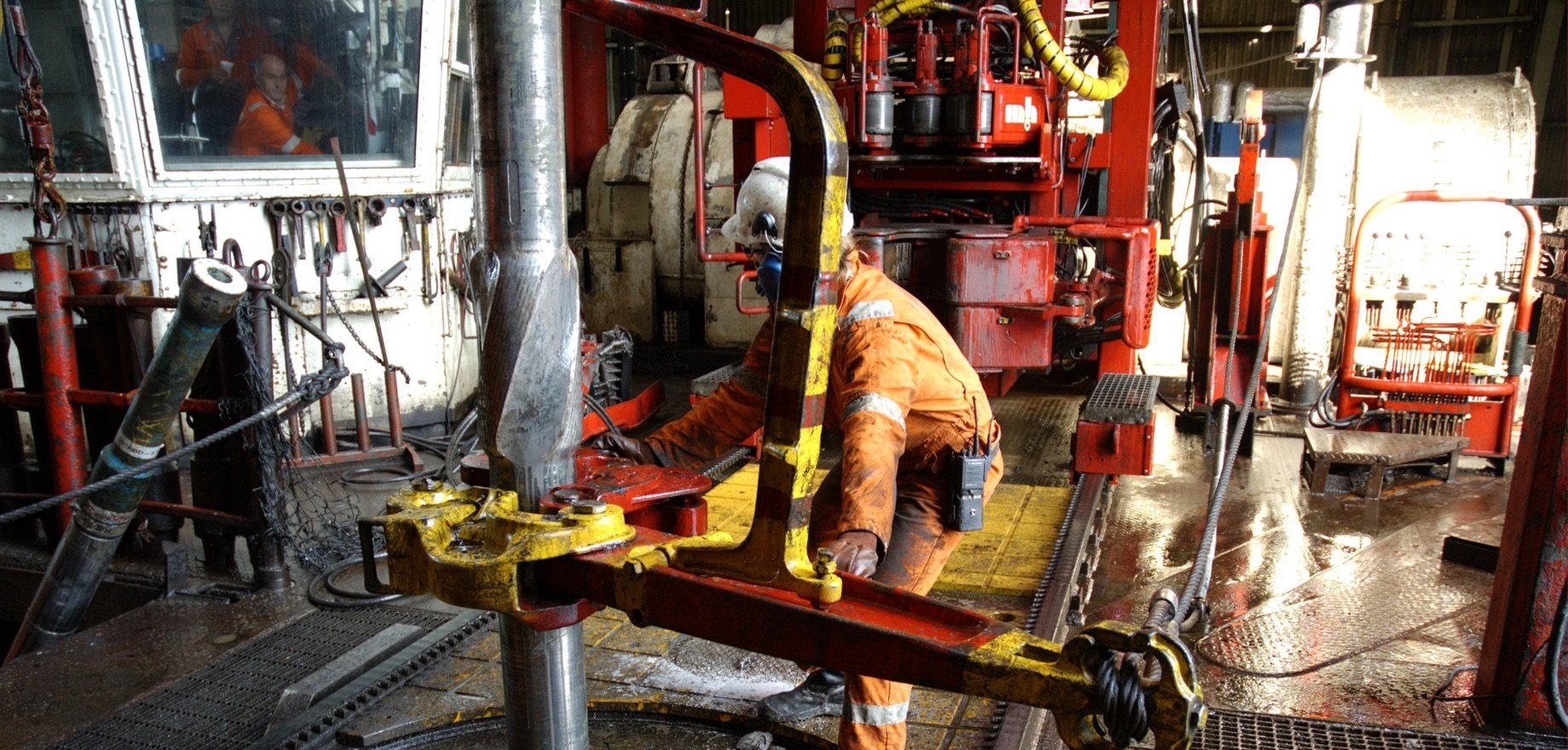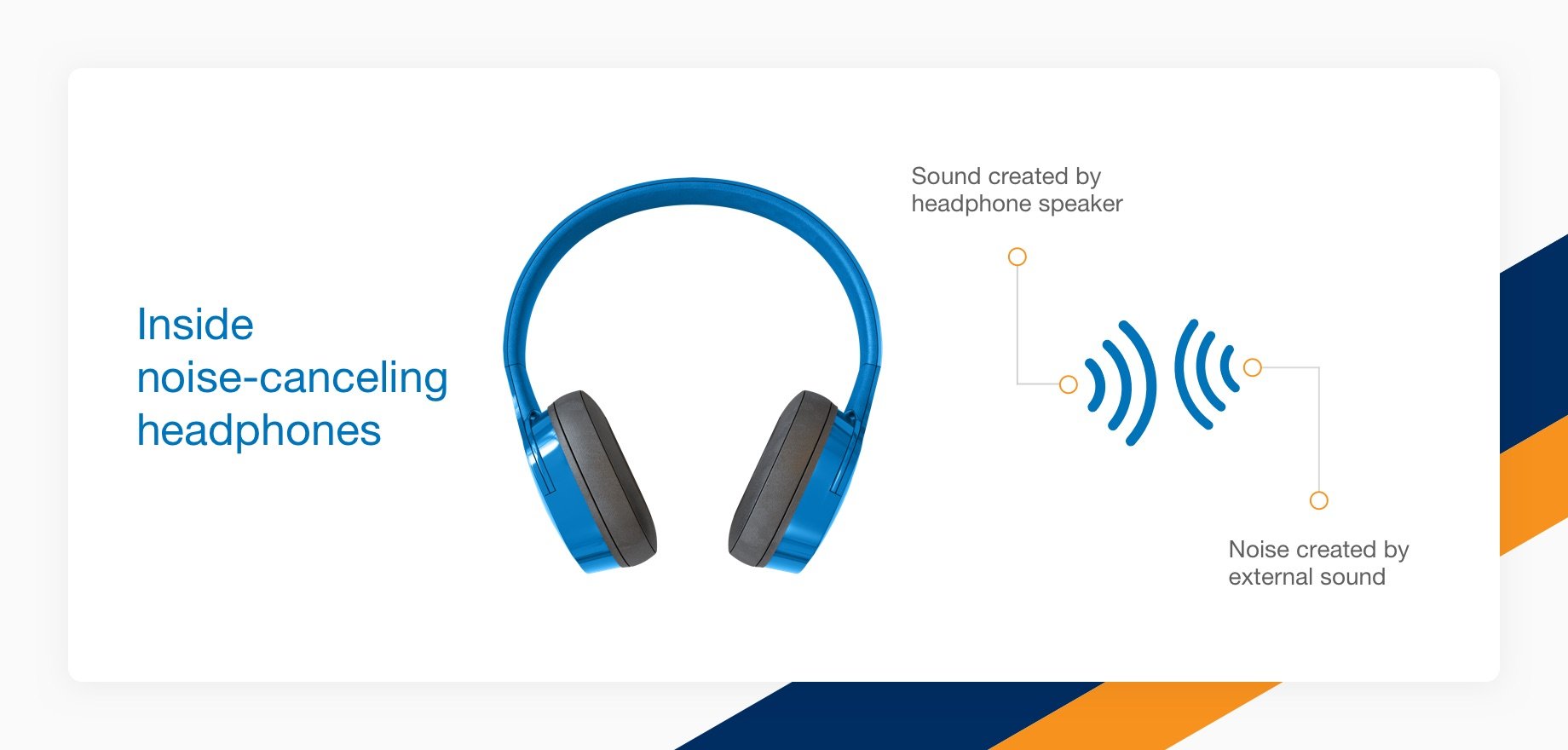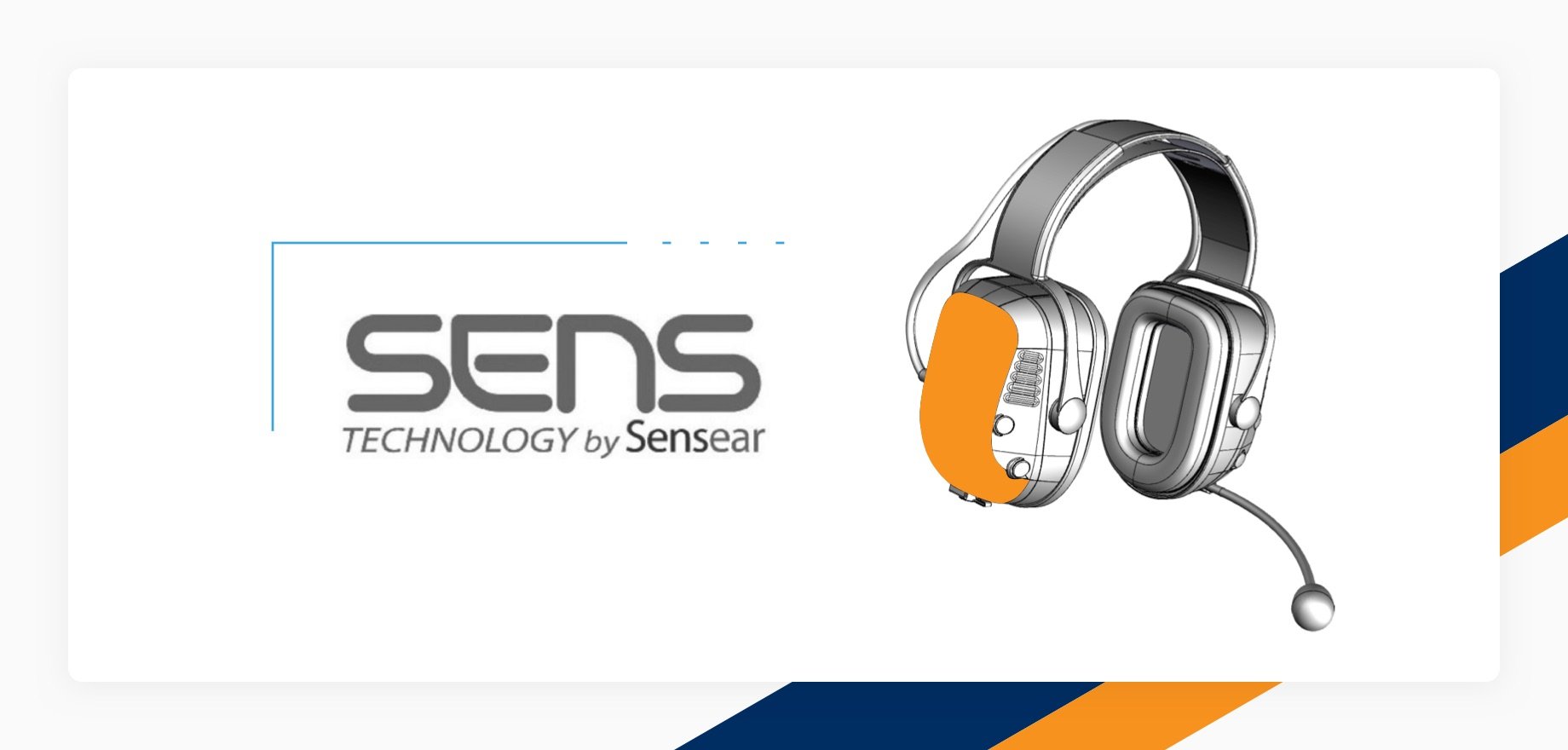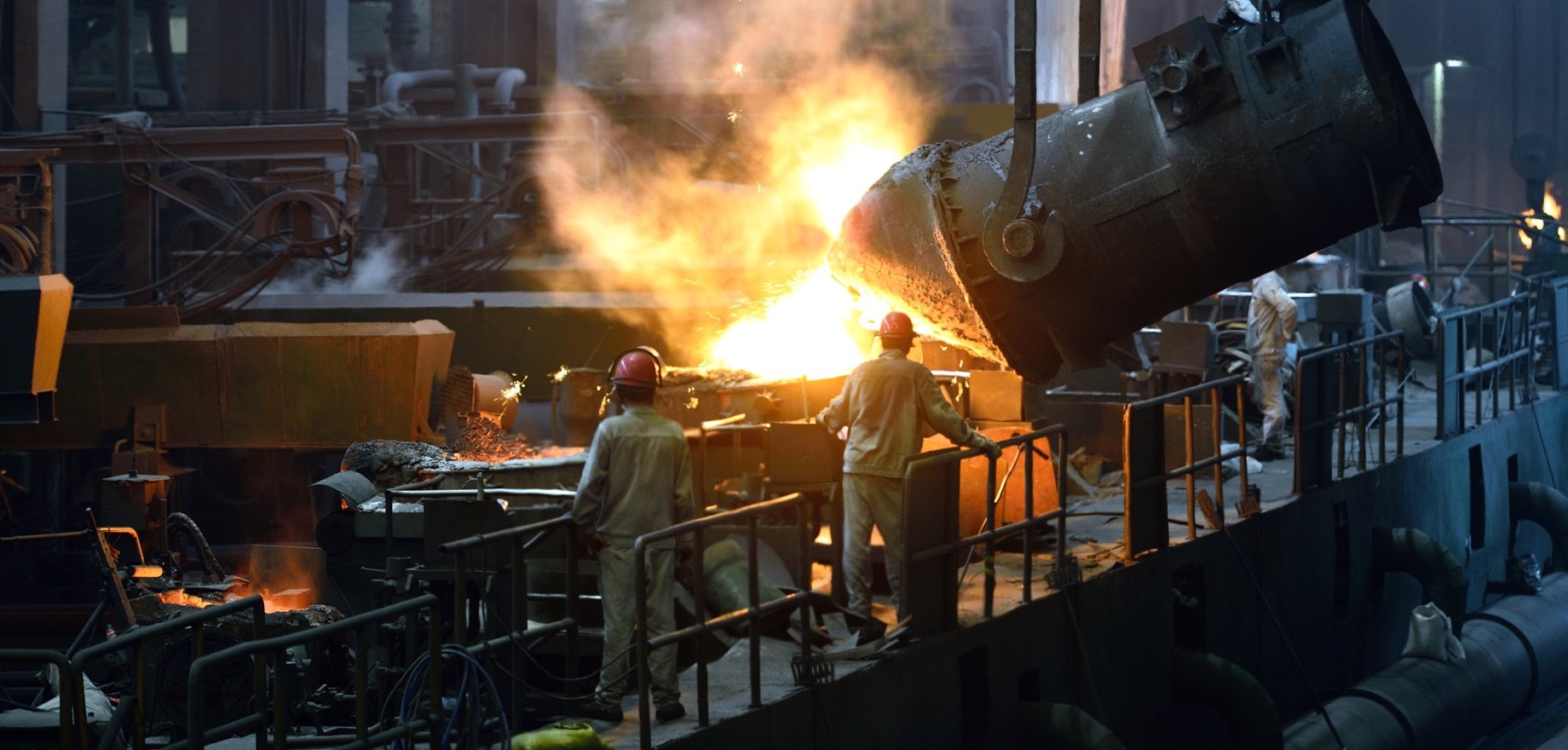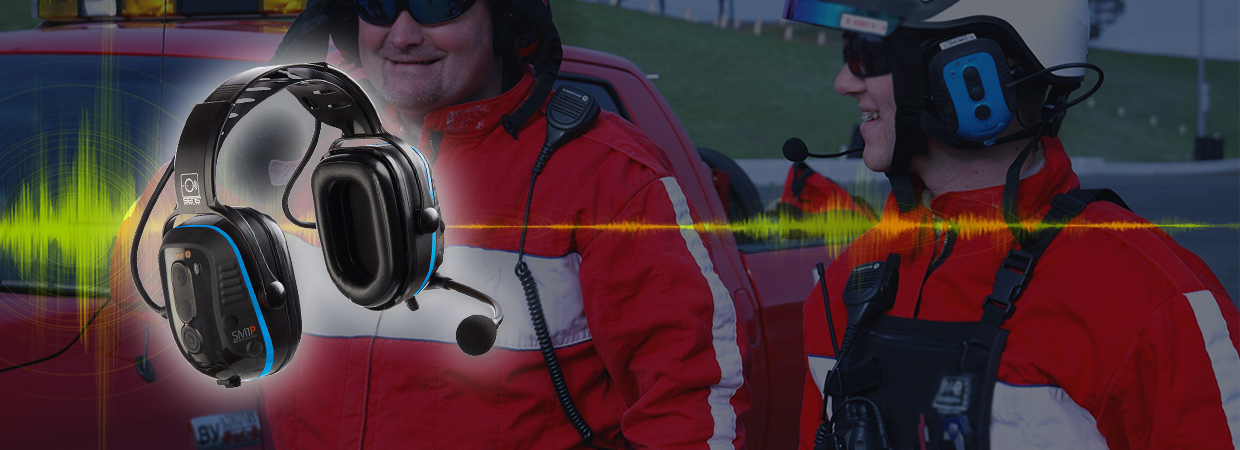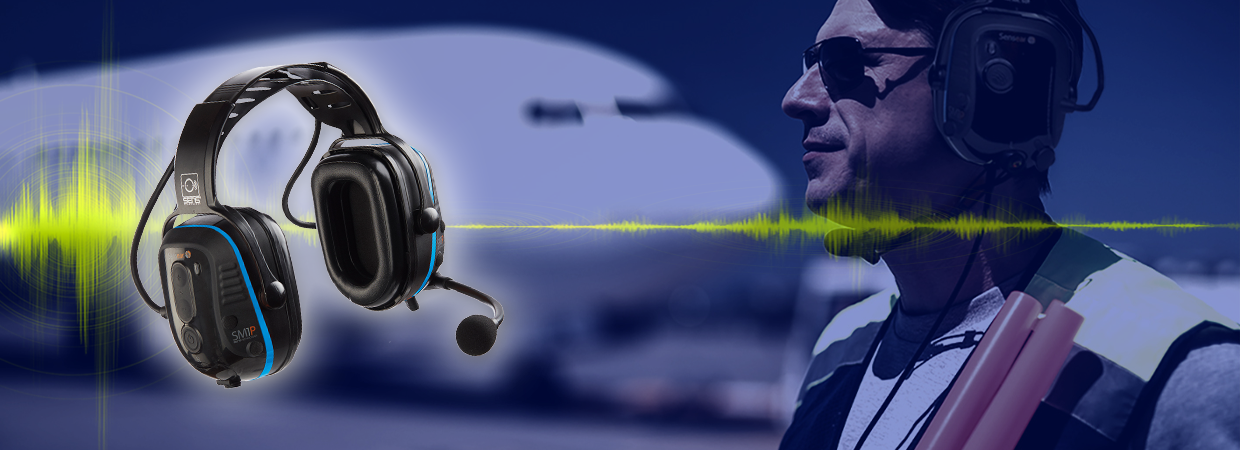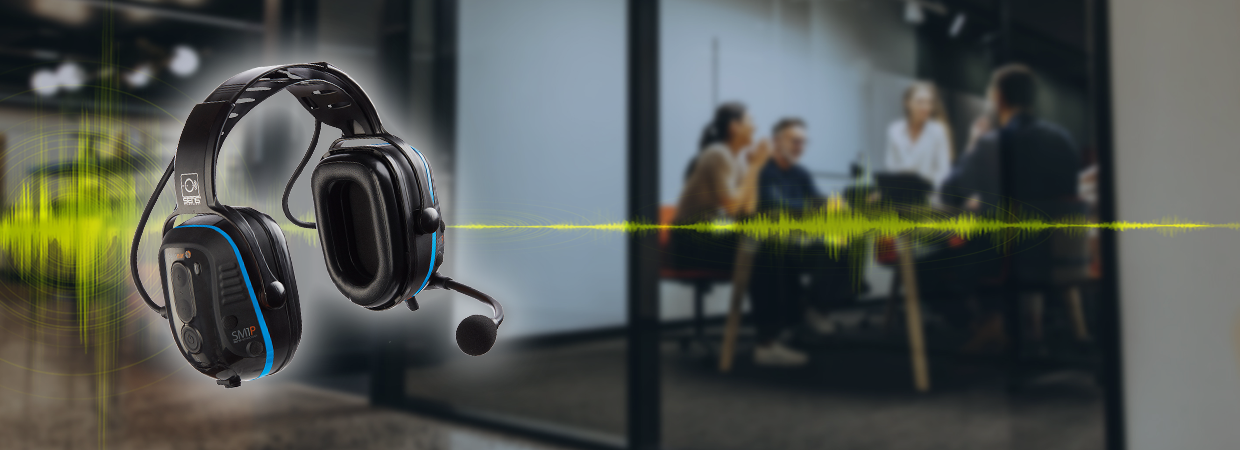Why is Noise Cancellation Important?
Noise cancellation provides ear protection by reducing all external ambiance noise. By creating a quieter experience, the wearer can avoid hearing damage and distraction. For industrial sound-canceling headsets, this involves a mixture of passive and active noise cancellation or digital noise suppression.
Passive noise cancellation uses layers of sound-absorbing materials surrounding the ear, specifically designed to absorb higher frequency noise. This blocks out around 15 to 20 decibels but isn’t sufficient enough for very noisy work environments which can exceed 85 decibels.
Active noise cancellation uses battery power to erase lower-frequency sound waves using ‘destructive interference’. This is where a microphone is placed in the headset earpiece which detects external noise and generates an inaudible sound wave that is opposite to the incoming sound wave. When the two collide, they cancel each other out.
These two types of noise cancellation methods are highly effective in reducing harmful levels of external sound. However, there is a drawback to noise cancellation in a work environment.
The Limitations of Noise Cancellation
The effectiveness of noise-canceling itself can present limitations in a workplace when certain sounds still need to be heard.
A major concern with a noise-cancellation approach is that all sounds external to the headset are subjected to cancellation. This can mean that the wearer is less likely to be aware of vehicle movement hazards, heavy equipment motion, alarms, or even warnings shouted by other workers. So while their hearing is protected, the lack of sound can disconnect a person’s alertness to the environment around them.
With safety being a major concern for any worksite, this presents a serious risk to the well-being of workers. It can also impact productivity and effective communications between people who are unable to clearly hear face-to-face discussions.
A way to overcome both the hearing protection and communication limitation is through noise suppression technology.
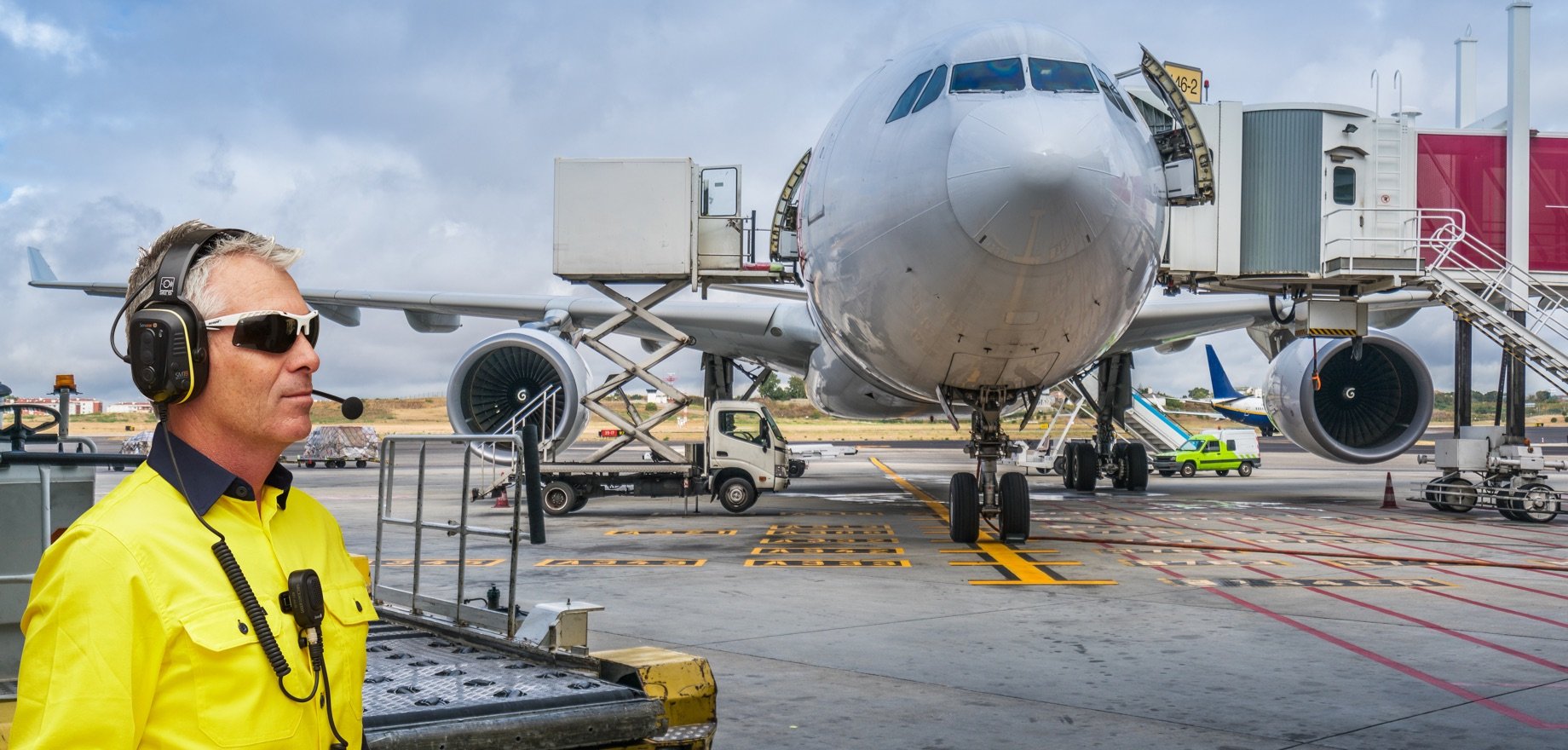
What is Noise Suppression?
Noise suppression takes noise cancellation to a whole new level.
The headset uses digital technology to reduce harmful background noise to a safe level while isolating and enhancing speech when Noise Suppression is combined with Speech Enhancement technology. This means that users can hear each other and their surroundings, as well as remain protected while working in high noise environments.
This is a better alternative for the work environment because noise suppression allows workers to still hear their surroundings but at a safe level so they can identify alarms and other potential hazards; this is as opposed to active noise-canceling which blocks out all noise and does not allow for situational awareness or face-to-face communication.
Implementing this digital noise-reducing technology is a preference for noisy work environments such as the oil and gas industry, aircraft, mining, and data centers, among others. Each environment poses unique challenges to hearing protection requirements and will benefit from the use of noise suppression devices.
Major Advances have been Made in the Area of Noise Suppression.
Modern headsets can now be integrated with two-way radio, Bluetooth® wireless technology enabled devices, and headset-to-headset communication abilities to offer many different ways for your team to interact effectively.
For more information, read our article Active Noise-Canceling vs. Noise Suppression
The best industrial noise-reducing headphones/ear muffs for effective communication feature noise suppression technology.


